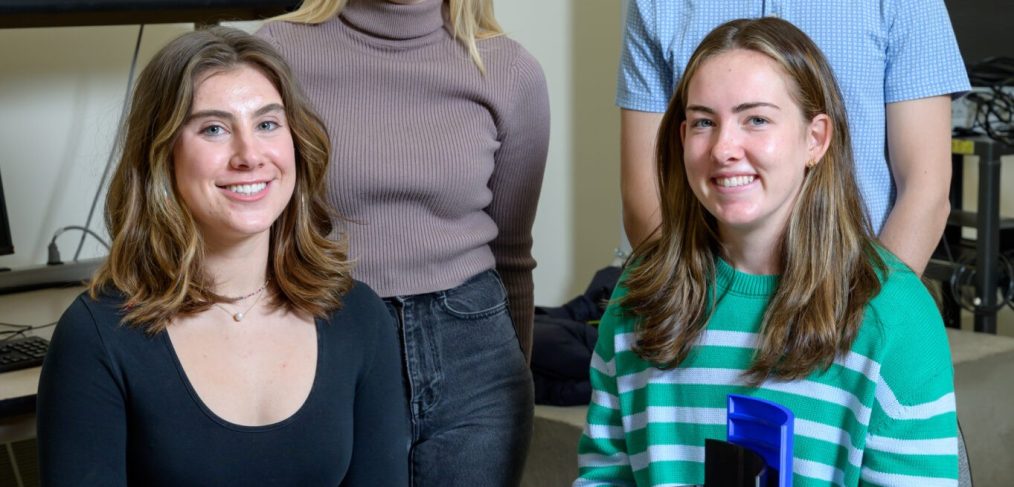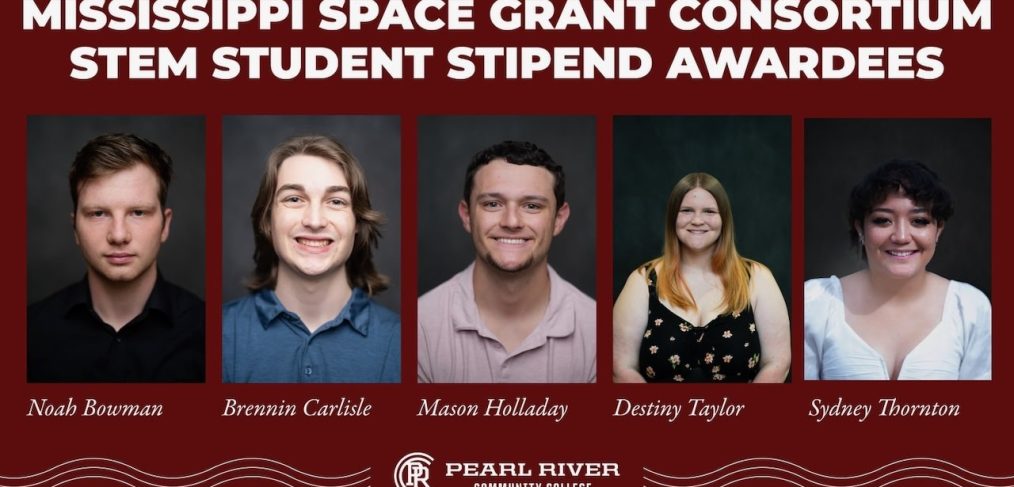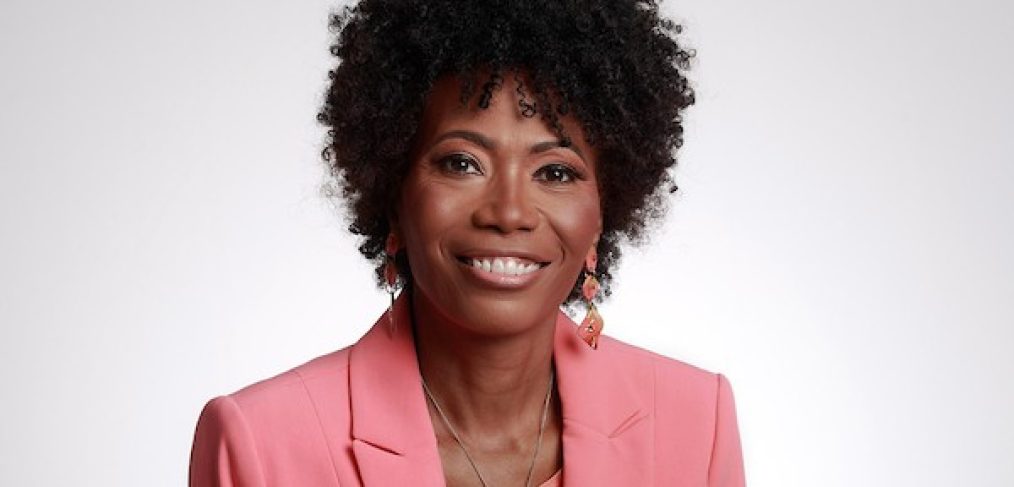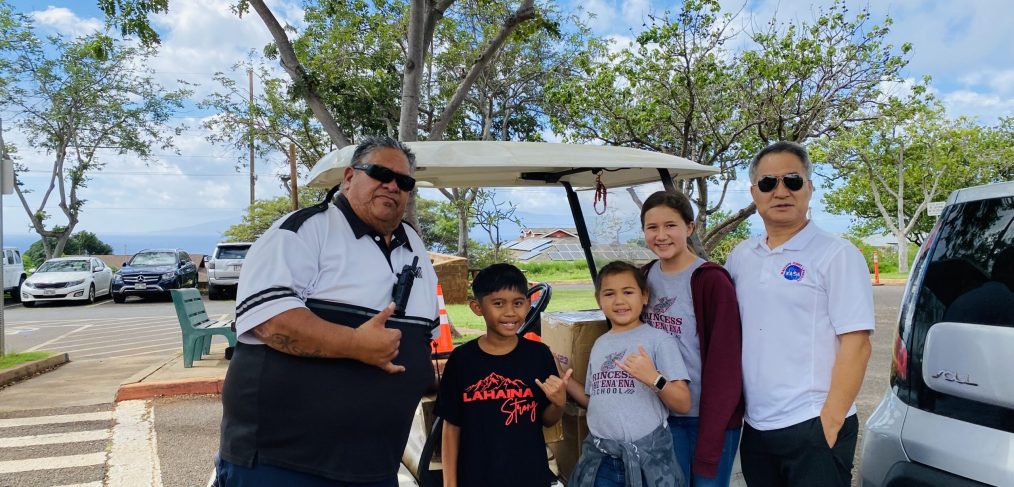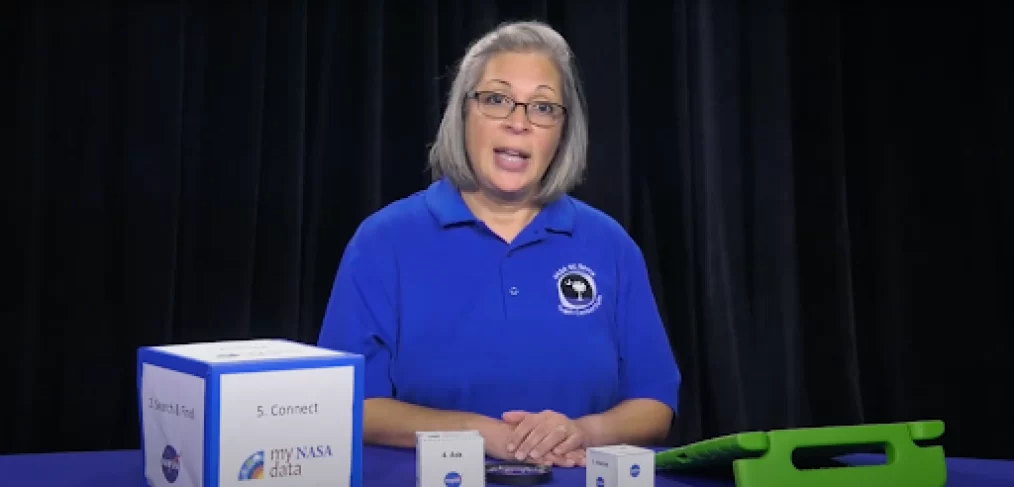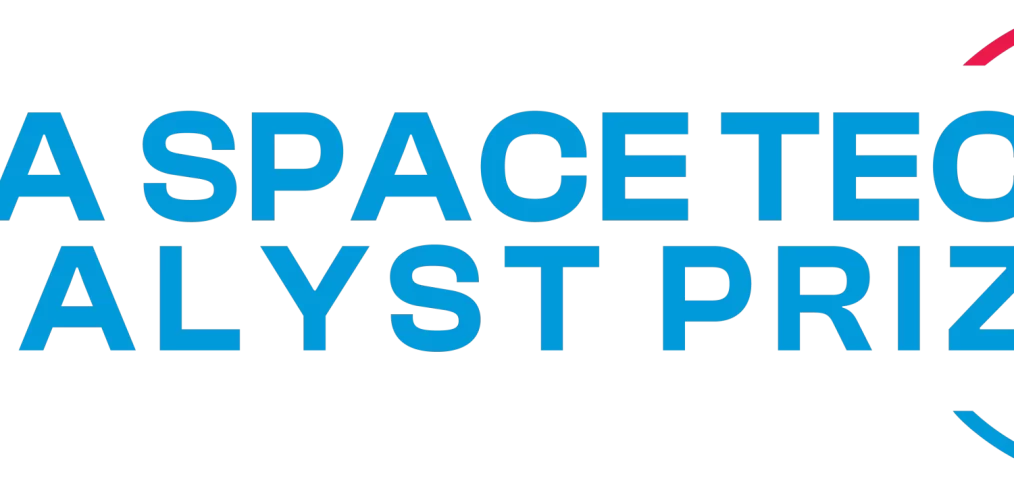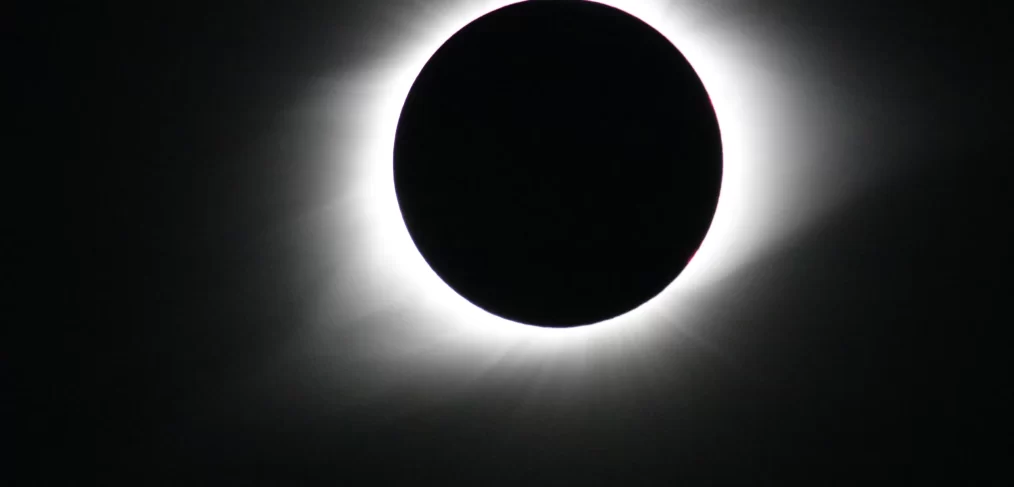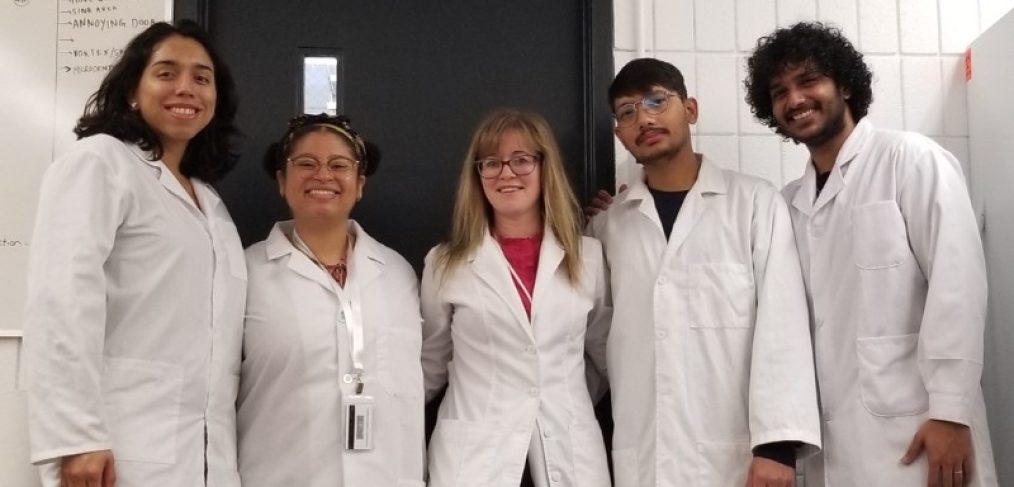A team of Trinity College engineering majors has received a Student Project Grant from the NASA Connecticut Space Grant Consortium (CTSGC). The award supports the group’s development of a device that efficiently transforms wave energy into usable electricity.
The recipient of the grant is Olivia McMichael ’24, who is working with fellow engineering majors Alexandra Barrett ’24, Tyler Gillette ’24, and Zoe Tiffin ’24 on their senior capstone project, “Variability in Wave Energy Capturing from Triboelectric Nanogenerator.”
“Being recognized with this award means our work on this project is important and can be used for greater things,” McMichael said. “It says that people find value in what we’re doing.”
McMichael, who has a concentration in electrical engineering and a minor in applied mathematics, led the application process for the grant, which included submitting a proposed budget and timeline. She said that the project was inspired by her team members’ passion for addressing the climate crisis.
“We wanted to work on sustainable energy,” she said. “Everyone knows about solar panels and wind turbines, but how else could we generate electricity?” The team is building a scalable triboelectric nanogenerator (TENG) wave energy converter, which harnesses power from waves in bodies of water. “We’re expanding upon the existing research about the TENG,” McMichael said. “There’s important work that has to be done to reduce carbon emissions and to find other ways to generate energy, focusing on making it more accessible and easier to implement.”
Read the full article on TrinColl.edu.
Author Credit: ANDREW J. CONCATELLI
Image Credit: NICK CAITO
